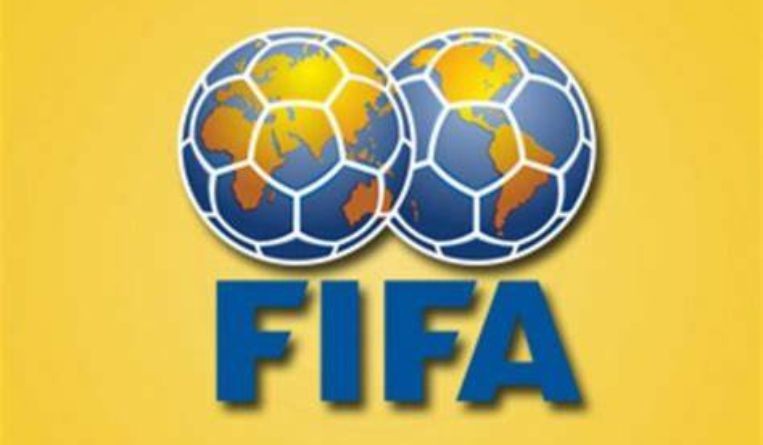2022 FIFA World Cup a showcase of sports innovations
18 November 2022

As the curtain rises for the 2022 FIFA World Cup in Qatar on November 20, football teams representing 32 nations take centerstage to fight for the coveted championship of the sport’s premier event.
Yet, it isn’t only the players who will be the stars; a host of spectacular sports innovations will also be at the centerpiece of the tournament.
The article “IP grandstanding at the 2022 Soccer World Cup,” authored by Dr. Gareth Dixon and Dr. Yuchen Yao, principal and patent scientist respectively at Spruson & Ferguson in Sydney, enumerates these groundbreaking technologies.
One of these is the Video Assist Referee (VAR) which involves “off-field” referees assisting on-field referees in reviewing decisions in connection with penalties, goals, red cards, identification of players and the like.
VAR boasts of a new feature to be showcased for the first time at the 2022 World Cup - the Semi-automated Offside Technology which helps in offside decisions.
Meanwhile, the Connected Ball Technology which is embodied in the official match ball provides VAR officials with real-time data.
Also available will be products that convert digital content into Braille, enabling visually-impaired individuals to enjoy the football matches.
Examples of these technologies are disclosed in US patents and found in a pending European patent application.

“We believe that we will see more innovations in future editions of the World Cup ranging from more innovative technologies to new shoes/kits/ball designs. Innovations such as VAR can make the game fairer and more enjoyable, with an ultimate goal of attracting an even wider audience. For example, the game may be broadcast in 3D,” said Dixon.
The football community may also start to see adaptations of technologies used in other sports. These include positive-contact technologies used in cricket such as Snicko or Snickometer and Hotspot which are helpful for decision certainty and viewer entertainment.

“When Australia exited the round of 16 against Italy in 2006, Fabio Grosso went to ground like he’d been shot by a sniper and Lucas Neill got up claiming there’d been no contact. The referee sided with Grosso and Italy scored from the resultant penalty, but was there actually contact?” asked Yao. “It’s even impossible to tell in super slow-motion.”
But, adapting Snicko or Hotspot into players’ boots, socks or shinpads may allow the referee to review the footage and see if Neill’s hip did come into contact with Grosso’s shin.
“Innovation in soccer motivates innovation in other sports/industries – and vice versa,” said Dixon.
IP-wise, Yao said that if existing technologies will merely be adapted in football, a surge in patenting activity is unlikely.
“However, at the rate the likes of Nike, Adidas, Puma, etc., are filing new trademarks for soccer-related products, perhaps this is where any real IP growth is going to be felt,” said Yao.
- Espie Angelica A. de Leon






